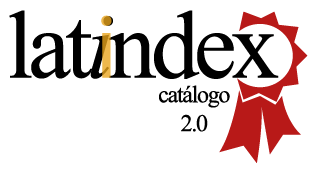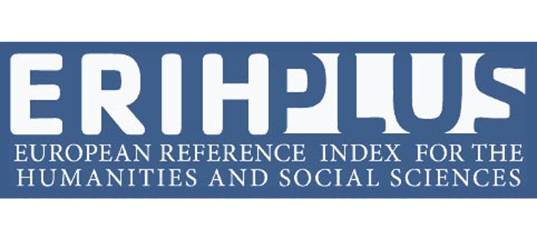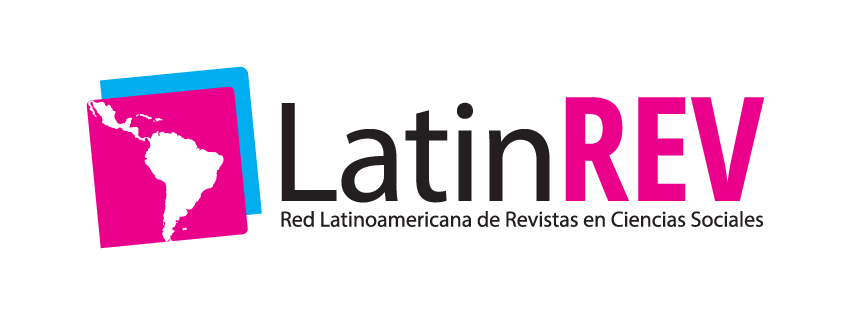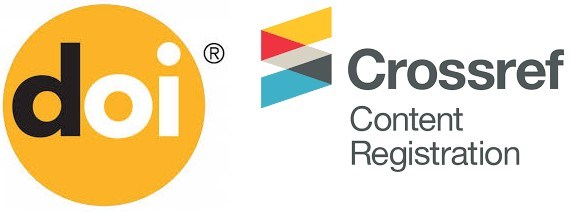Proposal for improvement to reduce waiting times by means of a Mathematical-Computational Model of Waiting Lines
Abstract
In this article, a solution is proposed through a mathematical model applied to the urban taxi service that goes to “Cantón Durán”, from the city of Guayaquil. Applying a queuing theory model. It is determined whether the way in which the taxi service is currently offered to users is the most indicated with respect to the time that passengers must wait from the moment they arrive at the place of boarding of the taxis until the moment of their departure. By using the mathematical model of queuing theory, which simulates the process that passengers have to go through to take a taxi, it is intended to reduce the waiting times to take the taxi service of each person. also determine the number of taxis that should provide the service depending on the time, day of the week, and traffic, which is a determining factor for the travel times of each unit.
Downloads
Metrics
References
Cevallos-Torres, L., & Botto-Tobar, M. (2019). Monte Carlo simu-lation method. In Problem-Based Learning: A Didactic Strategy in the Teaching of System Simulation (pp. 87-96). Springer, Cham.
Cevallos-Torres, L., & Botto-Tobar, M. (2019). Case study: Logis-tical behavior in the use of urban transport using the monte carlo simulation method. In Problem-Based Learning: A Di-dactic Strategy in the Teaching of System Simulation (pp. 97-110). Springer,
Cevallos-Torres, L., & Botto-Tobar, M. (2019). The system simula-tion and their learning processes. In Problem-Based Learn-ing: A Didactic Strategy in the Teaching of System Simula-tion (pp. 1-11). Springer, Cham.
Estrada, R. C., Pin, M. P., Solórzano, A. T., & Cevallos-Torres, L. (2019). Aplicacion de un modelo híbrido de teoria de colas y algoritmo evolutivo para medir la optimizacion en el servicio de atencion al cliente en un local de comidas rápidas. Ecuadorian Science Journal, 3(1), 15-22
García Sabater, J. P. (2020). Gestión de los Tiempos de Espera.
Mera Dávila, R. D., & Salinas Acosta, W. E. (2018). Aplicación móvil de algoritmos de rutas óptimas y su efecto en el desplazamiento de los conductores de vehículos en la ciudad de Trujillo.
Miranda, M. (2015). Sistemas de colas con distribuciones de tiempo de servicio derivadas de la distribución exponencial. Revista de la Escuela de Perfeccionamiento en Investigación Operativa, 23(37).
Paguay Garcia, J. L. (2020). Estudio de teoría de colas en el área de información de la dirección de movilidad tránsito y transporte del GADM Riobamba (Bachelor's thesis, Universidad Nacional de Chimborazo, 2020).
Valencia-Nuñez, E. R., López, H. V. M., & Cevallos-Torres, L. J. (2018, April). Probabilistic Model for Managing the Arrival Times of Pre-Hospital Ambulances Based on their Geo-graphical Location (GIS). In 2018 International Conference on eDemocracy & eGovernment (ICEDEG) (pp. 103-109). IEEE
PDF (Español (España)) 353 HTML (Español (España)) 0
Authors maintain the rights to the articles and are therefore free to share, copy, distribute, execute, and publicly communicate the work on their personal websites or in institutional deposits, after its publication in this journal, as long as they provide bibliographic information that certifies its publication in this journal.
The works are under one https://creativecommons.org/licenses/by-nc-nd/4.0/




























